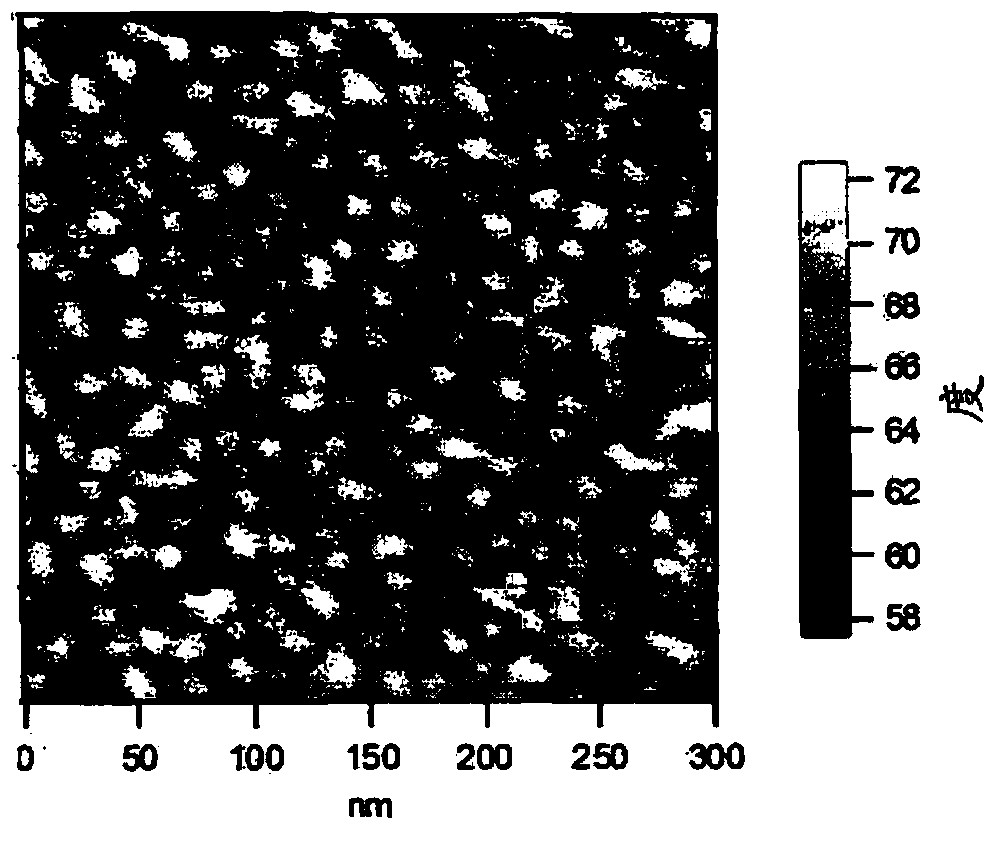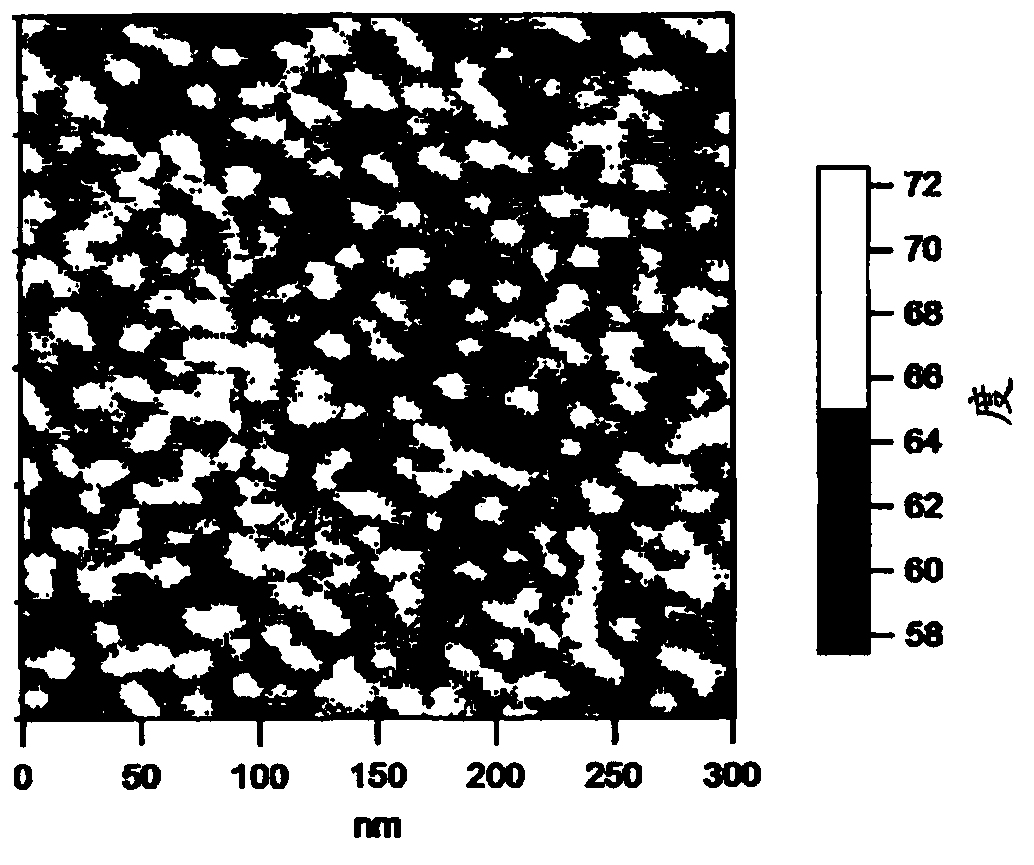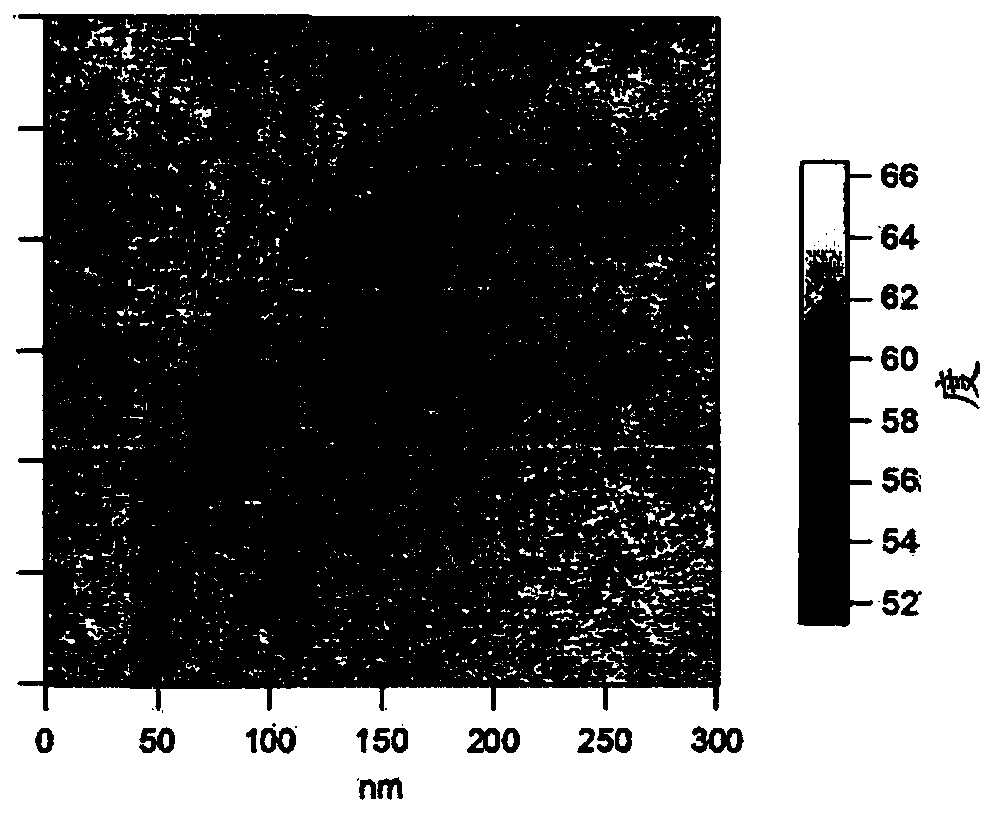Resins for toners, toners, developers, image forming devices, and process cartridges
A technology of toner and resin, which is applied to the equipment, developer, and electrical recording process using charge patterns, etc., which can solve the problems of gloss change, time-consuming, and rapid melting of crystalline segments To avoid problems such as poor retention of pigment properties, and to achieve excellent pigment dispersibility
- Summary
- Abstract
- Description
- Claims
- Application Information
AI Technical Summary
Problems solved by technology
Method used
Image
Examples
preparation example Construction
[0367] In the preparation of the aqueous medium phase, celluloses may be used as a dispersant. Examples of the celluloses include methylcellulose, hydroxyethylcellulose, hydroxypropylcellulose, and sodium carboxymethylcellulose.
[0368] --Emulsion or dispersion preparation steps--
[0369] The emulsion or dispersion liquid preparation step is not particularly limited, and an appropriate step can be selected according to the purpose as long as it is mixing the solution or dispersion liquid (toner material phase) of the toner material with the aqueous medium , and emulsifying or dispersing the former to prepare an emulsion or a dispersion.
[0370] The emulsification or dispersion method is not particularly limited, and an appropriate method can be selected according to purposes. For example, emulsification or dispersion can be performed with a known disperser. Examples of the disperser include low-speed shear dispersers, and high-speed shear dispersers.
[0371] The usage ...
Embodiment
[0479] Embodiments of the present invention will be explained below. However, the present invention is by no means limited to the following Examples. "Parts" means "parts by mass", unless otherwise expressly specified. "%" means "% mass", unless expressly stated otherwise.
[0480]
[0481] The glass transition temperature and melting point of the resin were measured with a DSC system (differential scanning calorimeter) ("DSC-60" manufactured by Shimadzu Corporation).
[0482] Specifically, according to the following procedure, the maximum endothermic peak temperature among the endothermic peak temperatures of the target sample was measured as the melting point of the resin.
[0483] From the obtained DSC curve, the DSC curve of the second temperature rise was selected with the analysis program "Endothermic Peak Temperature (Endothermic Peak Temperature)" of the DSC-60 system, and the endothermic peak in the second temperature rise of the target sample was obtained.
[04...
manufacture Embodiment 1-1
[0500]
[0501] Into a 5 L four-necked flask equipped with a nitrogen gas introduction tube, a dehydration tube, a stirrer, and a thermocouple, propylene glycol (1,2-propanediol) and 1,3-propanediol ( Propylene glycol / 1,3-propanediol in a ratio of 95 / 5 (by mole)) with dimethyl terephthalate as dicarboxylic acid (OH group (OH group of diol ) to COOH groups (COOH groups of terephthalic acid) in a molar ratio (OH / COOH) of 1.2), and titanium tetraisopropoxide in an amount of 300 ppm relative to the mass of the charged material. The material was reacted while letting methanol flow out, and the reaction was maintained until finally the material was warmed to 230° C. and the resin acid value became 5 mgKOH / g or less. After that, they were reacted under a reduced pressure of 20 mmHg to 30 mmHg for 4 hours, thereby obtaining [amorphous segment A1], which is a linear polyester resin.
PUM
 Login to View More
Login to View More Abstract
Description
Claims
Application Information
 Login to View More
Login to View More - R&D
- Intellectual Property
- Life Sciences
- Materials
- Tech Scout
- Unparalleled Data Quality
- Higher Quality Content
- 60% Fewer Hallucinations
Browse by: Latest US Patents, China's latest patents, Technical Efficacy Thesaurus, Application Domain, Technology Topic, Popular Technical Reports.
© 2025 PatSnap. All rights reserved.Legal|Privacy policy|Modern Slavery Act Transparency Statement|Sitemap|About US| Contact US: help@patsnap.com



